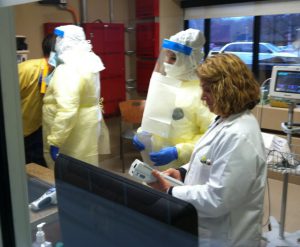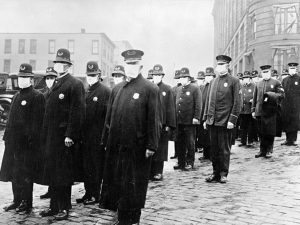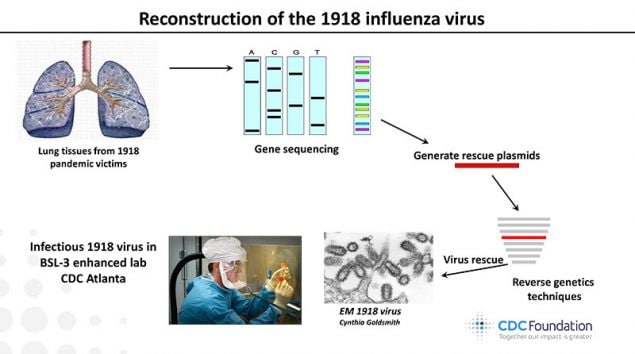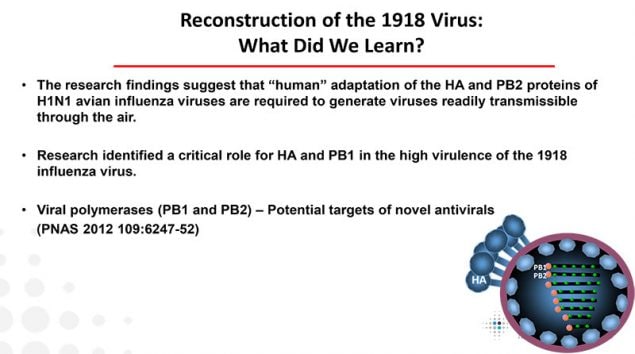Washington DC – There have been roughly three global pandemic influenza outbreaks each century for the past four hundred years, each of which have resulted in larger numbers of infections and deaths. Secondary bacterial infections have been responsible for a significant proportion of deaths in previous pandemics.
Pandemic preparedness plans call for maintaining stocks of antivirals, antibiotics, and vaccines; however, the value of stockpiling or conserving the effectiveness of antibiotics remains unexplored despite the high morbidity of secondary bacterial infections and the growing ineffectiveness of antibiotics due to the emerging public health threat of antibiotic-resistant superbugs. In the event of a significant influenza pandemic, secondary infections caused by prevalent pan-drug resistant bacteria could be catastrophic. Effective antibiotics in the future are indispensable in the case of an influenza pandemic.
In a new study published in the journal Health Economics, researchers at CDDEP, the University of Strathclyde in Scotland, and Wageningen University in the Netherlands developed a mathematical framework to estimate the value of investing in developing and conserving an antibiotic to mitigate the burden of bacterial infections caused by resistant Staphylococcus aureus during a pandemic influenza outbreak. The model, which is based on UK preparedness plan assumptions, found that the value of withholding an effective novel oral antibiotic can be positive and significant unless the pandemic is mild and causes few secondary infections with the resistant strain or if most patients can be treated intravenously.
“Although influenza is caused by a virus, which cannot be treated with antibiotics, secondary bacterial infections are a major cause of death and disability and antibiotic resistance is a major barrier to treating these infections,” said Ramanan Laxminarayan, CDDEP director and senior author of the study. “This study shows that the value of an effective antibiotic against Staph infections, as an insurance policy against future pandemics, is between $3 and 4 billion at baseline”.
###
The study titled, “Investing in antibiotics to alleviate future catastrophic outcomes: What is the value of having an effective antibiotic to mitigate pandemic influenza?” was published on February 11, 2019 in the journal Health Economics and is available online here.









